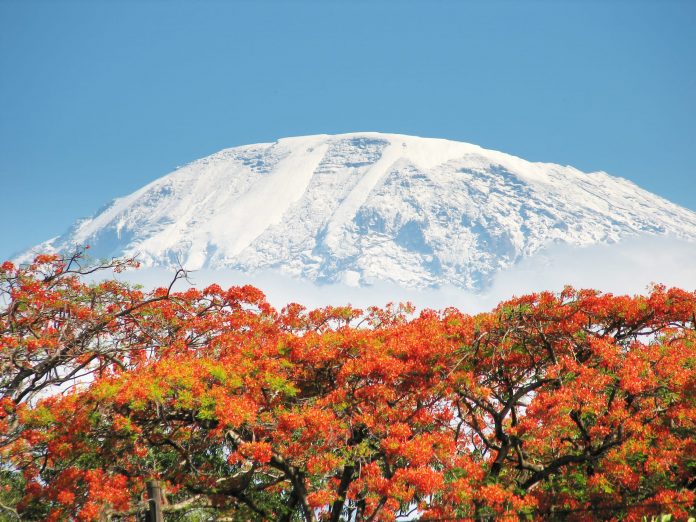What comes to your mind when you think of Africa? The safari, the African elephants, and for the movie buffs, the iconic scene from Ace Ventura too! All this, and one key feature common to all these landscapes is the beauty of Mount Kilimanjaro.
Mount Kilimanjaro is the highest mountain in Africa, with an elevation of 5,895 m. It is the highest single free-standing mountain in Tanzania and one of the seven summits in the world. It is also known as the stratovolcano having three volcanic cones; Kibo, Mawenzi and Shira. Kilimanjaro in Swahili language means the ‘White mountains’. Australian mountaineer Ludwig Purtscheller was the first to reach the summit of mount Kilimanjaro in the year 1889, and since then, Kilimanjaro has become a sought-after hiking spot. Kilimanjaro offers an impressive scenic background for photography lovers. The trek offers breathtaking views, unique flora and fauna, and picturesque background for those perfect clicks.
If you want to cherish its beauty “up and close” and look for crucial information on the trek, here is a complete guide to the incredible Mt Kilimanjaro expedition.
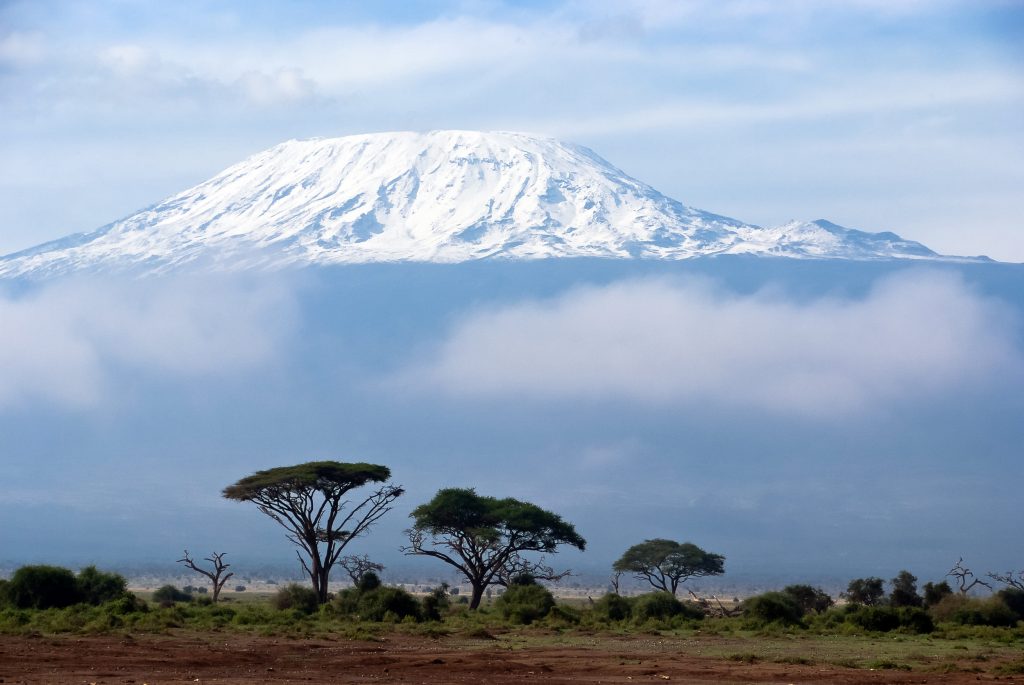
How hard is the Mt Kilimanjaro expedition?
Putting the first things first concept in mind, let us first understand the difficulty level of the Kilimanjaro trek, as this will help you figure out if you are a good fit. If you are not, then you can take the apt measures to make yourself ready for the trek. Mount Kilimanjaro is considered a moderate gradient trek by most trekkers, but it is also reported that only half of the people who went climbing the mount were able to reach the summit.
The reason for this is mountain sickness. Although the hike to Kilimanjaro is considered easy to moderate, it does involve a few ascents and descents, and a climb close to 5,895 metres is not an easy task.
Altitude sickness hits about 40% of climbers during the climb. Thus, you must be well-prepared mentally and physically to climb the mountain and reach its peak.
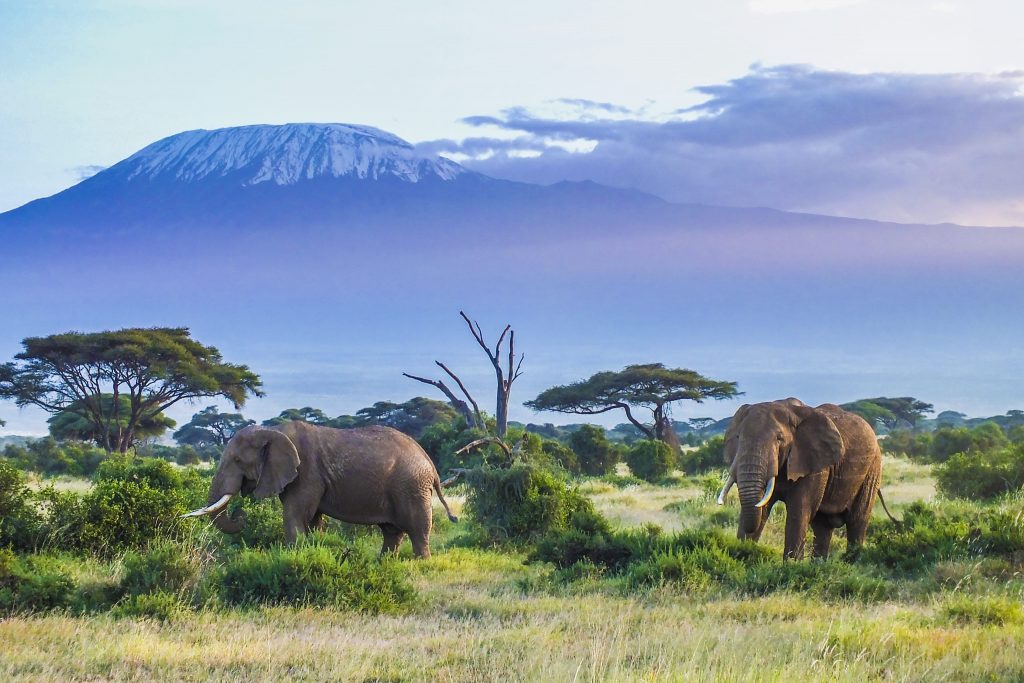
Do we need a guide for the Mt Kilimanjaro expedition?
Yes, absolutely! The Tanzanian government and the Kilimanjaro National park passed a regulation in 1991 that a registered and licensed guide must escort every hiker. Besides this, an experienced guide will help you tackle altitude sickness and provides the proper measures when you experience it. You will be accompanied by four to six people to cook, guide, and clean. Porters will be employed to carry your bags. The TrekNomads team specialises in making the best suitable arrangements that help our trekkers forget the high-altitude factor and enjoy it to the fullest so as long as you trek with us, you are sorted.
Weather at Mt Kilimanjaro
The weather at Mt Kilimanjaro expedition can be unpredictable at times. It can be hot to freezing, depending on the altitude and the time of the day. The temperature at the base camp ranges between 21 degrees to 28 degrees celsius; however, at the Uhuru peak, it drops to -7 and -28 degrees celsius. The temperature at Mt Kilimanjaro trekking expedition varies from time to time; rain and snow are possible at any time of the year.
As you reach the higher levels of the peak, you will see dramatic changes in the temperatures; it can be sunny for a moment and might turn cloudy in just a blink. Due to its proximity to the equator, the temperature at the Kilimanjaro trek does not depend on the seasons; instead, it varies with altitude. We suggest you be prepared for such sudden temperature changes and always carry the necessary gear.
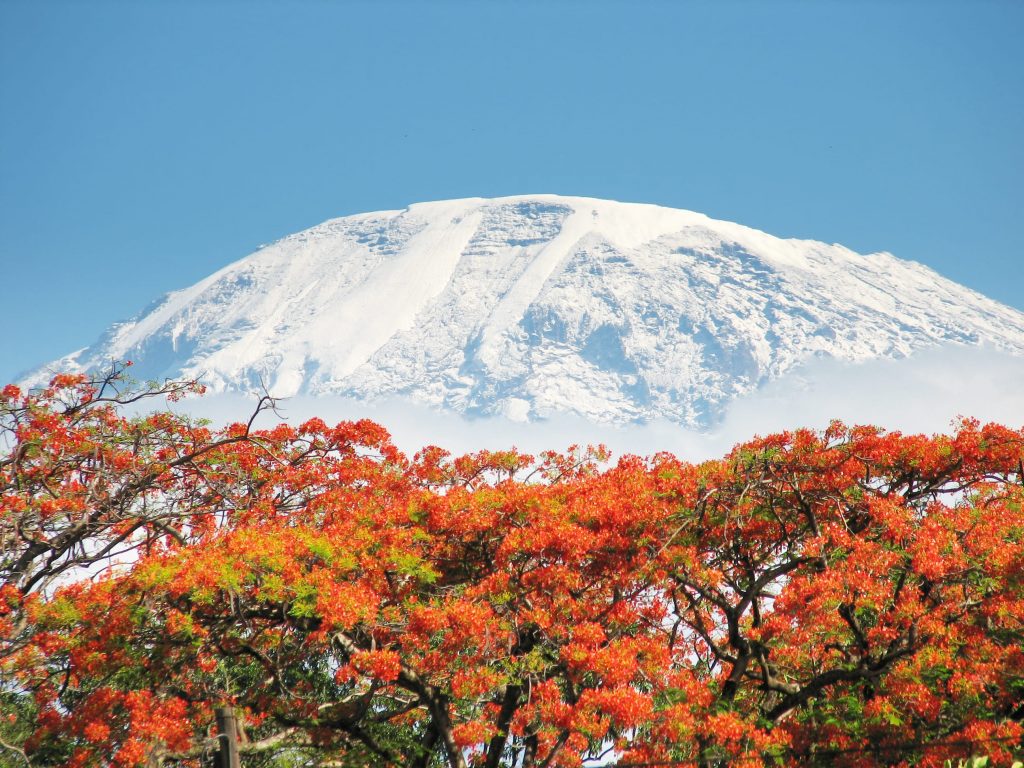
Suitable fitness level for the trek
Referring to fitness, we don’t mean that you need to be a fitness freak or an athlete; many fit athletes have failed, whilst people with regular fitness and the elderly have succeeded in climbing this peak. It is a matter of mental and physical well-being. The climb is said to be suitable for beginners, but a reasonably fit one. This means, you shouldn’t have respiratory issues, should be actively working out for at least two months, can go on long walks and have reasonable strength.
Best time to climb Mt. Kilimanjaro
The highlight of the Mt Kilimanjaro trek is that it is open throughout the year, but certain times are best for climbing and can give you the most out of it. January to early March is considered the best time for those who prefer a more comfortable (slightly cool) experience. The temperature during this period is often bearable and is considered ideal for Kilimanjaro trekking.
For those who prefer somewhat temperate weather conditions, anytime between June to September will be a great choice. Due to the notably stable weather conditions, you might find more traffic in June.
If you get an opportunity to trek during the off-season, you are more likely to experience rain, damaged trails and unclear views due to the weather conditions.
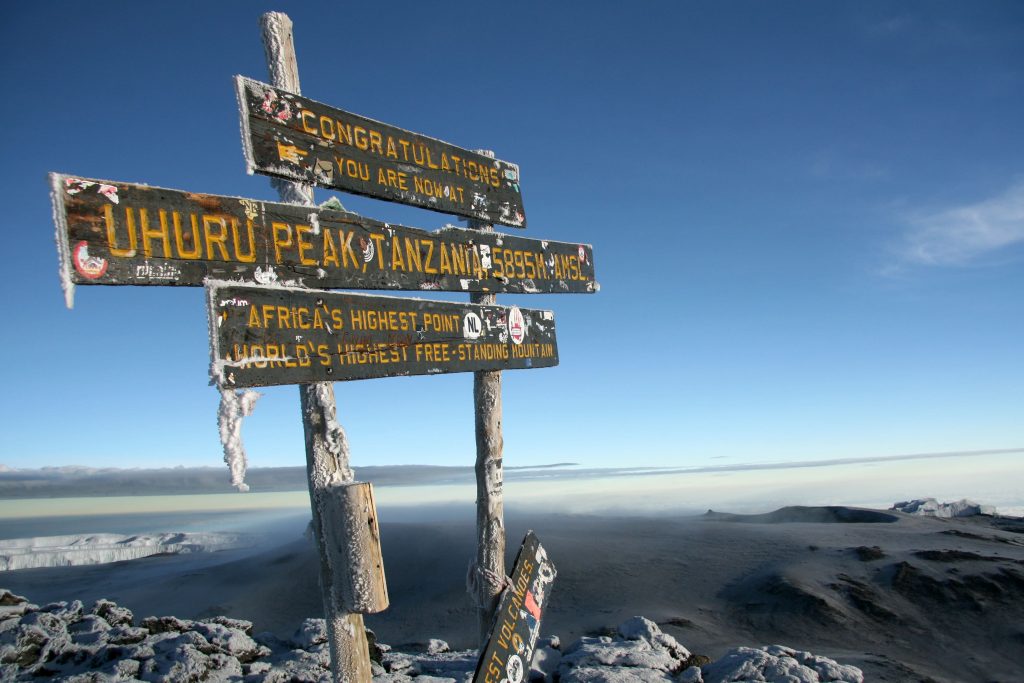
The best route to Mt Kilimanjaro trekking expedition
There are seven main routes to Kilimanjaro: Marangu, Machame, Lemosho, Shira, Rongai, Northern Circuit and Umbwe. The trip can be 7 to 11 days depending upon the route taken. However, longer routes are considered best for better acclimatisation. The more time you spend climbing the mountain, the more you will be adapted to the altitude.
Lemosho, Northern circuit and Machame routes are considered the best routes having the highest chances of summiting the peak. It takes over 7 to 8 days- better acclimatisation results in a high success rate of acing the peak.
Sharing a couple of pointers below to give you an idea of what to expect from each route.
Machame route-
- Most popular route.
- Climb through 5 diverse climatic zones
- High success rate
- Scattered campsites
- Climb high and sleep low for ample acclimatisation
- Several ascents and descents
Lemosho route-
- Witness the spectacular views of Kilimanjaro
- High success rate with high acclimatisation
- Fantastic campsites but the most expensive
- Expensive but excellent to climb with a high success rate
- Climb high and sleep low for ample acclimatisation
Marangu route-
- Shortest distance to the summit, which means low acclimatisation
- Less expensive but has a low success rate
- It has several ascents and descents
- Also known as the ‘coca-cola’ route
- Often busier than other routes
Rongai route-
- It starts from North of the mountains
- Less scenic. Offers scenic views only at the early climbs
- Camp beneath Mawenxi peak offers impressive views
- Usually takes seven days, and the success rate in reaching Uhuru peak is high
Northern circuit
- Longest route with the highest success rate
- Usually takes 8 to 9 days
- Sleep low, climb high opportunities
- It starts west of the mountains and follows the Lemosho route
- Offers high acclimatisation
Umbwe route
- It takes 5 to 7 days, low acclimatisation
- Low success rate
- Remote and quiet
- Most challenging route with steeper trails
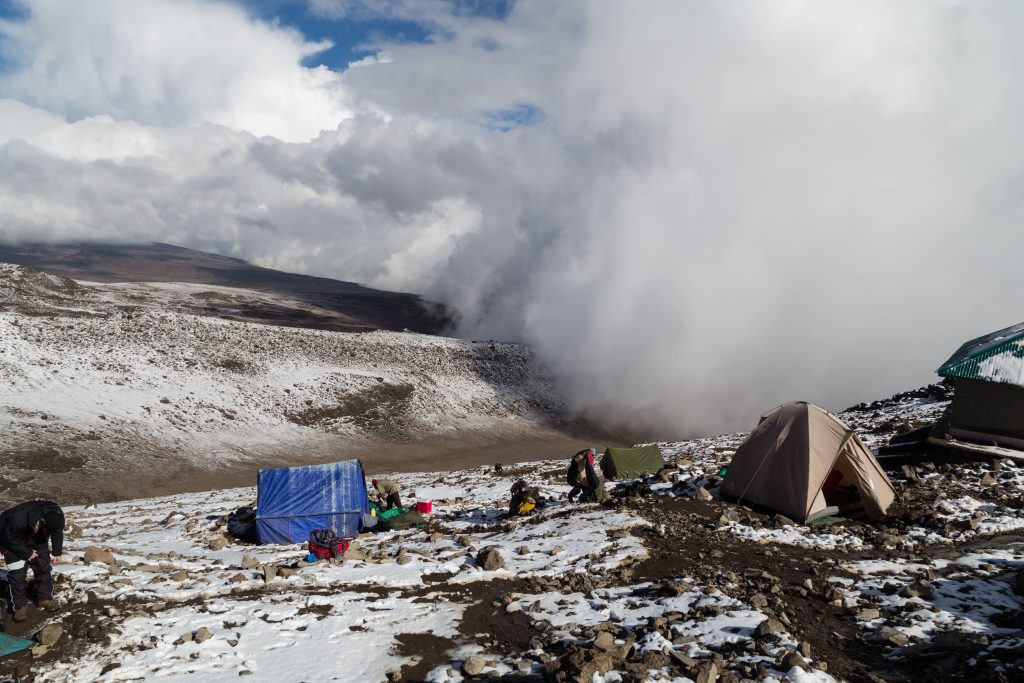
The expert team at TrekNomads offers the Mt Kilimanjaro trek expedition for both experienced and beginner trekkers. Our goal is to help each of our trekkers reach the summit with ease and make their trek an unforgettable one.
Looking to book the Mt Kilimanjaro trek with us?
You know where to find us!
